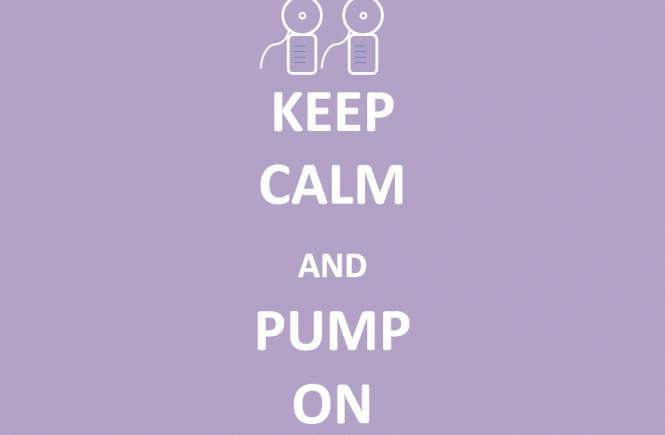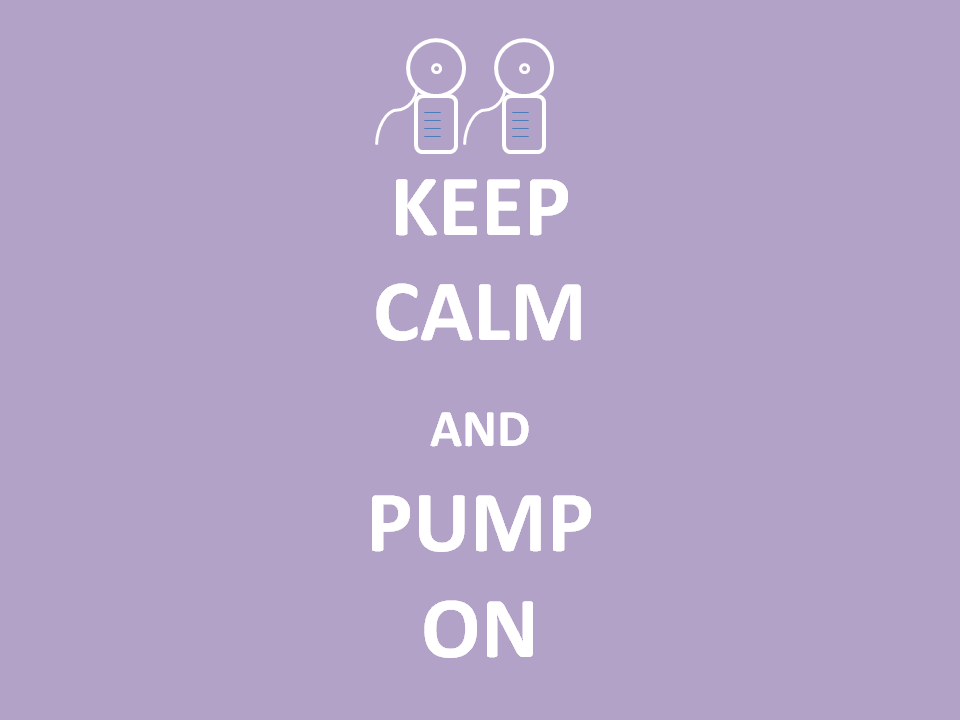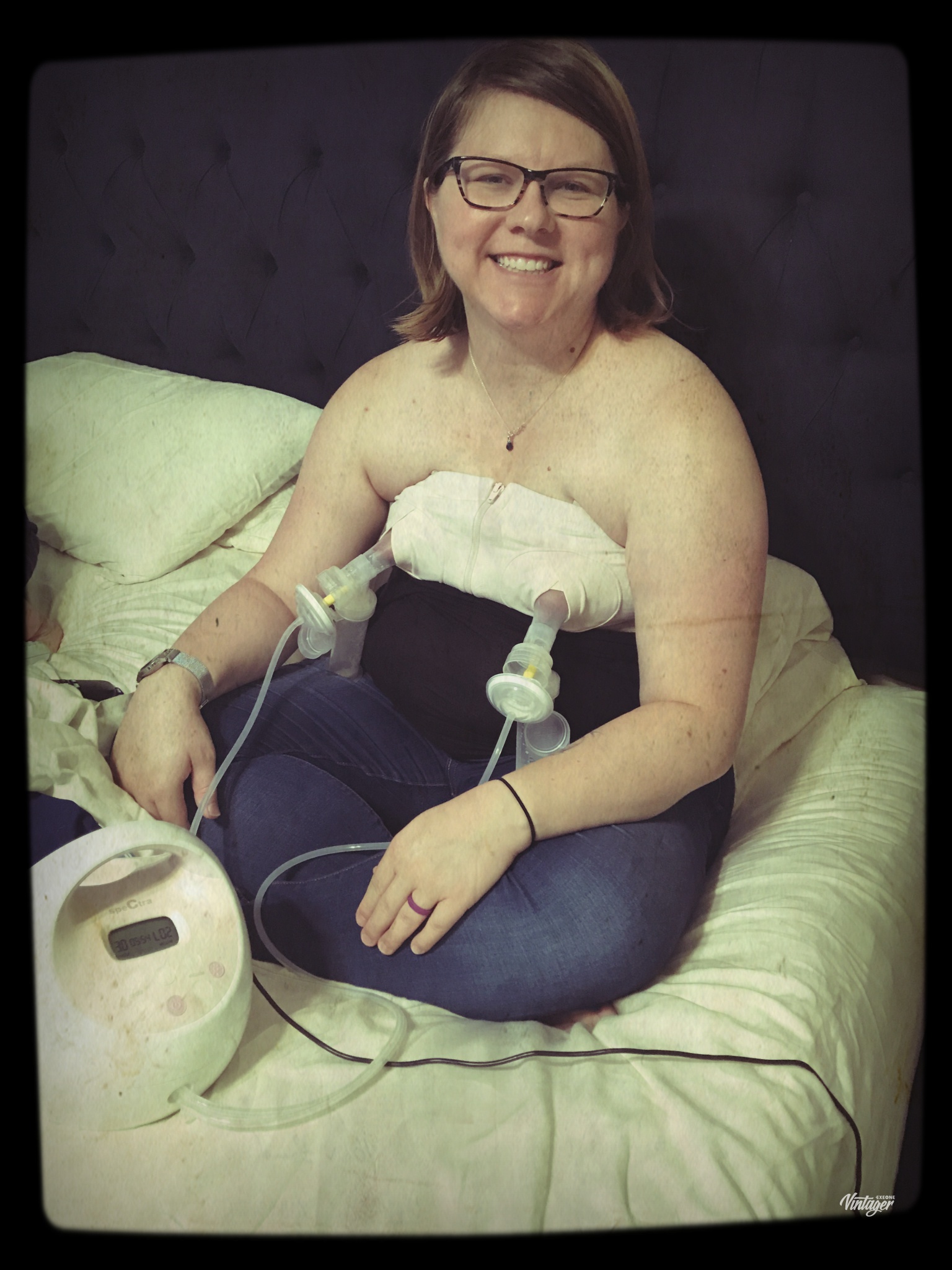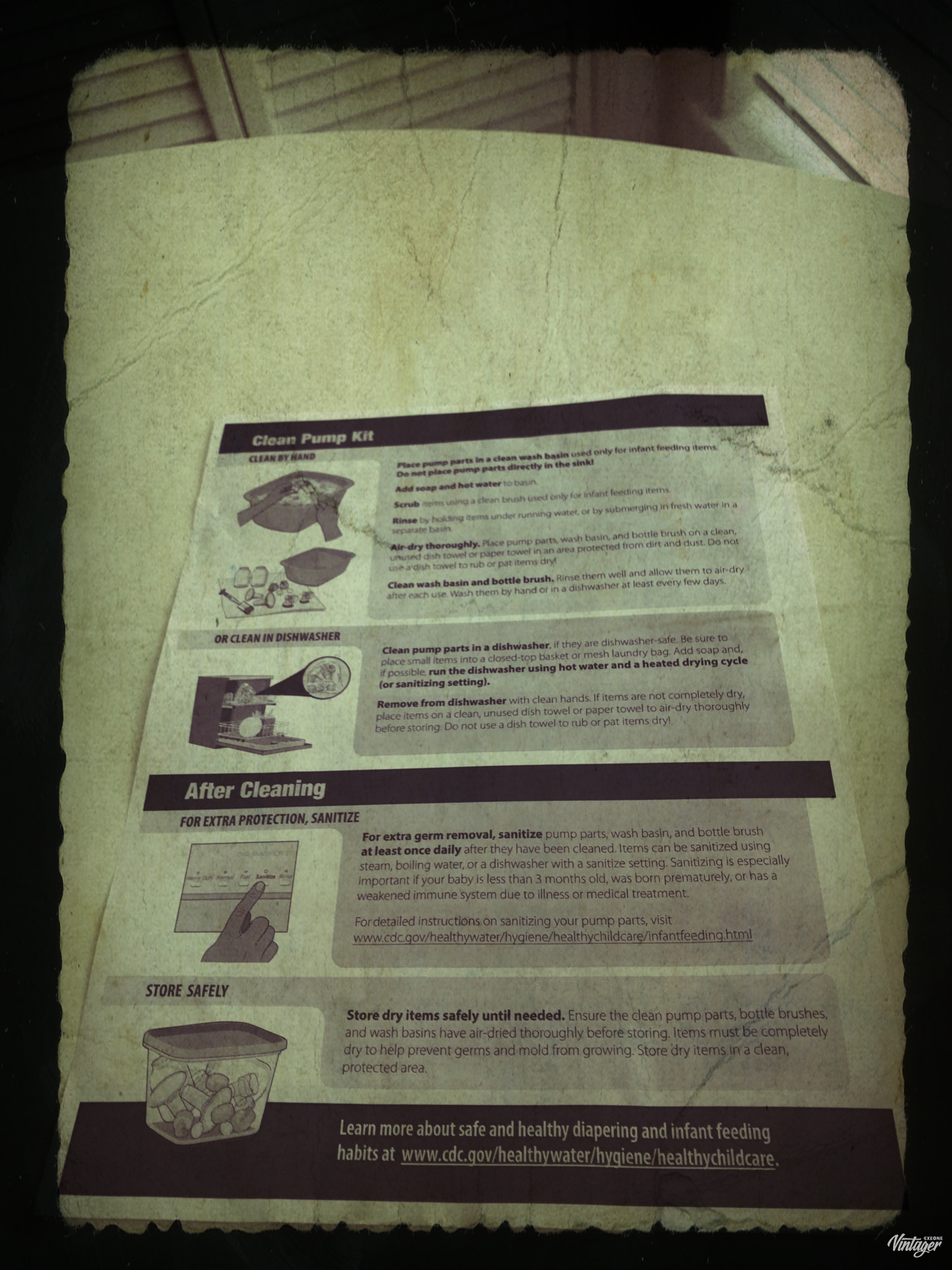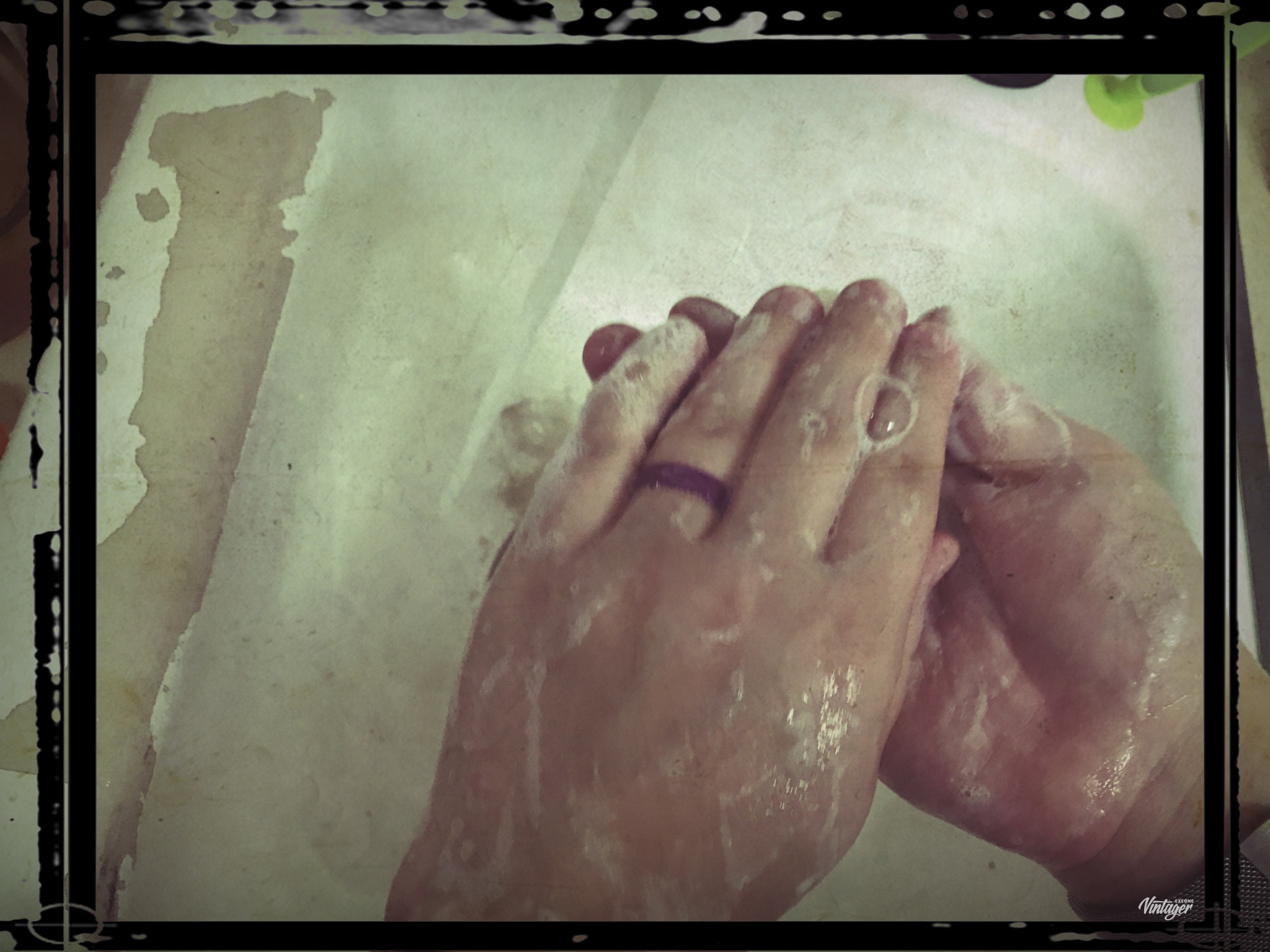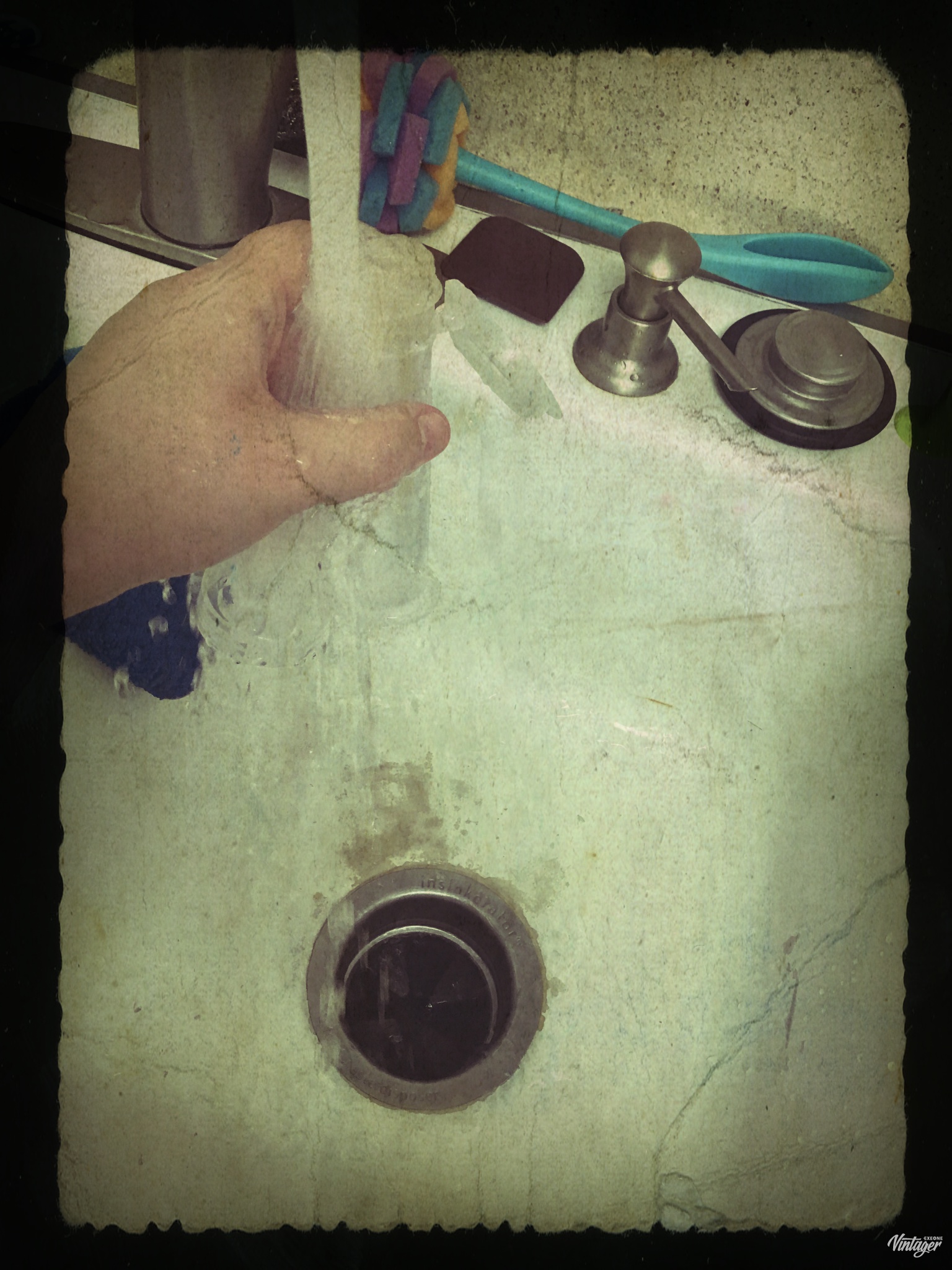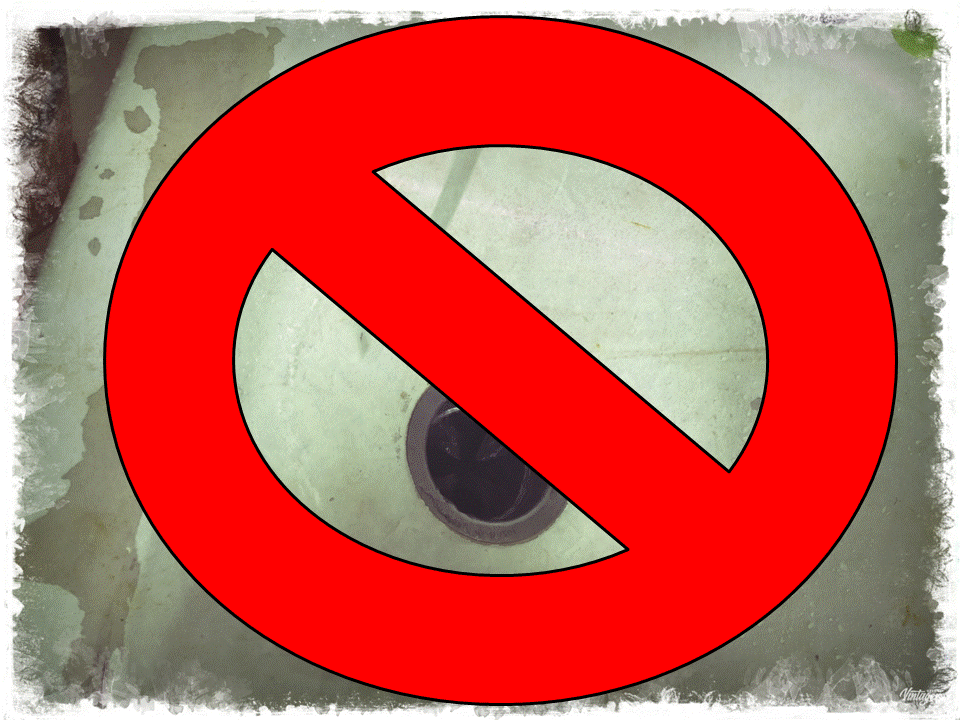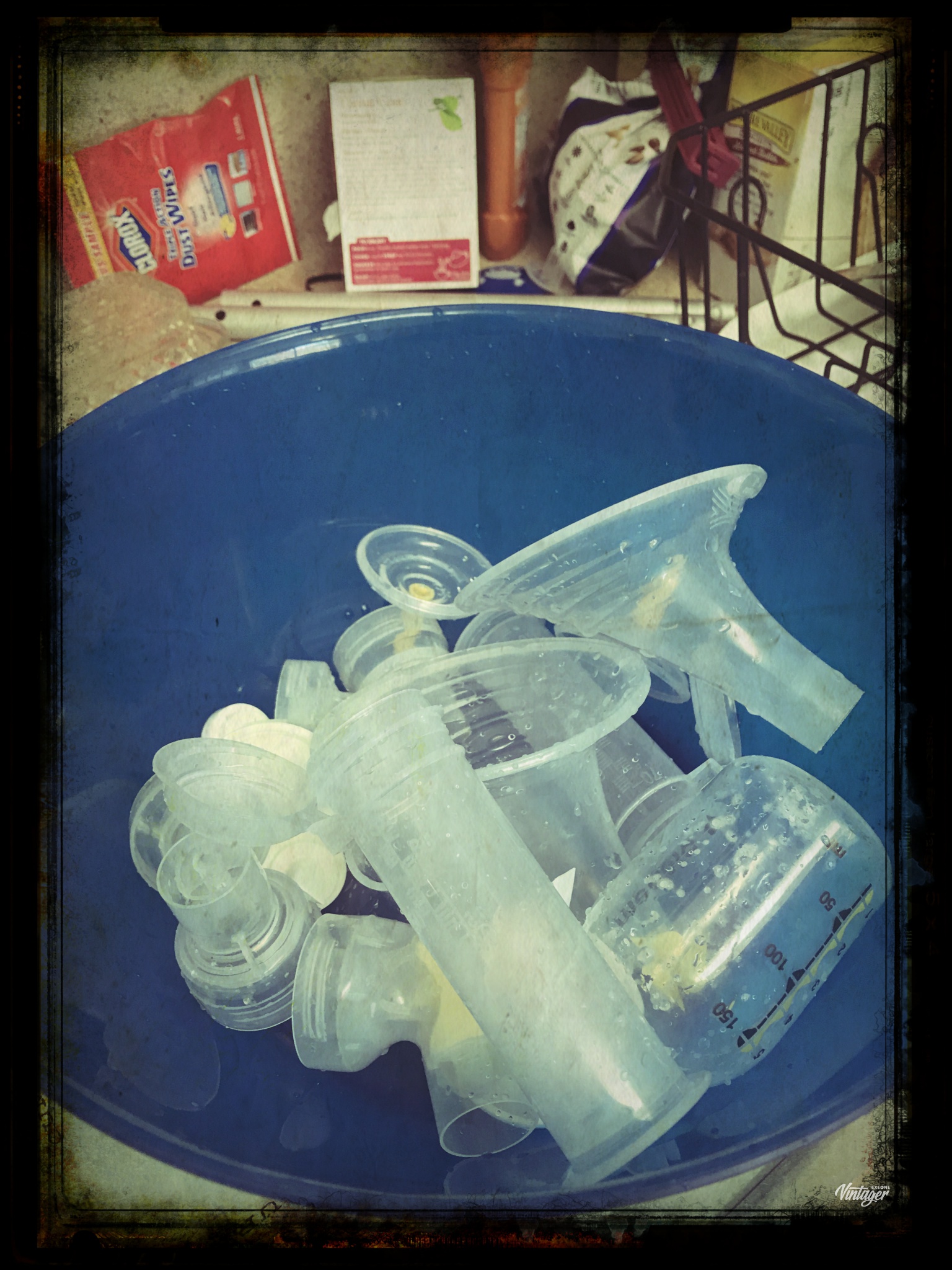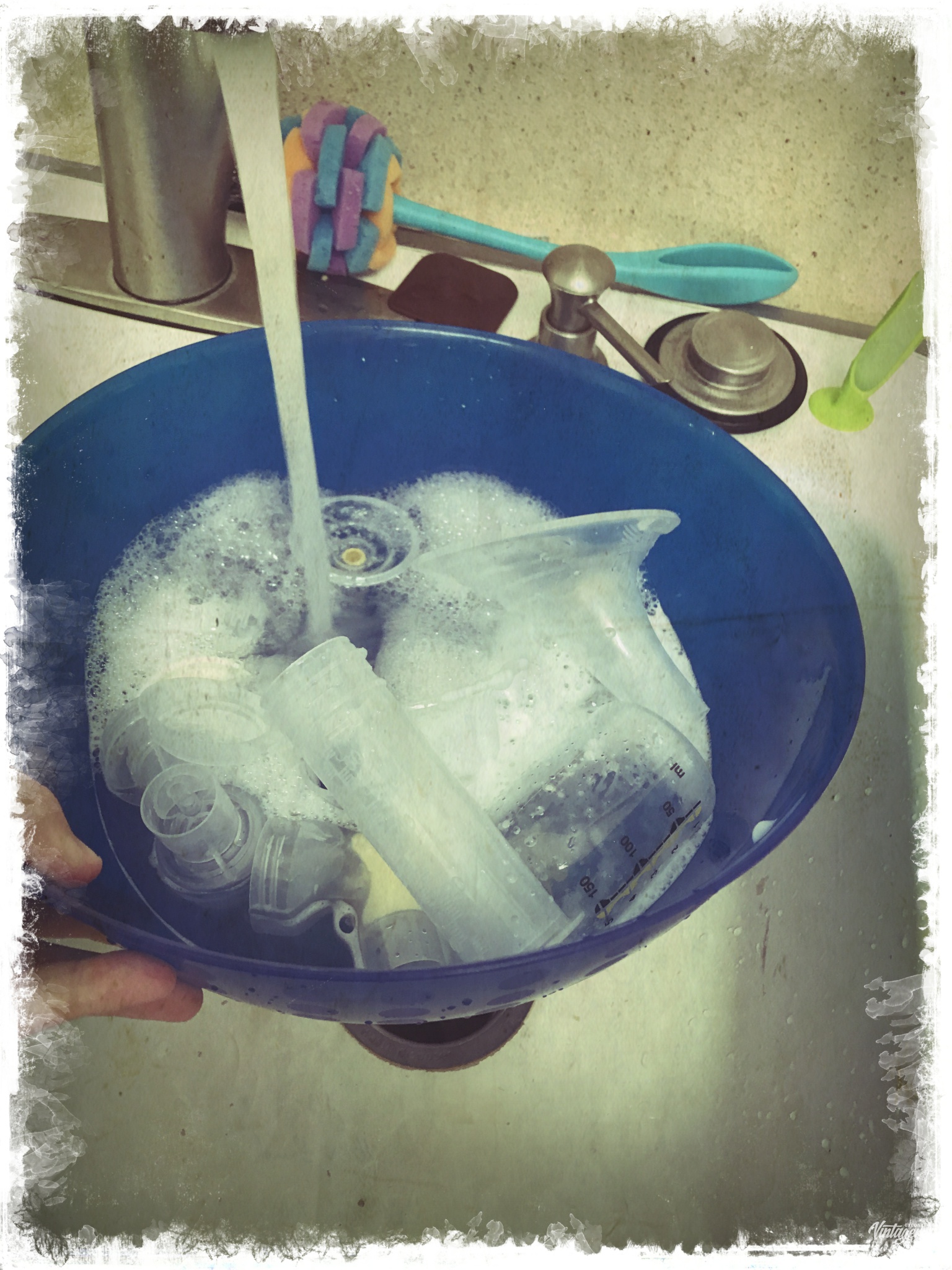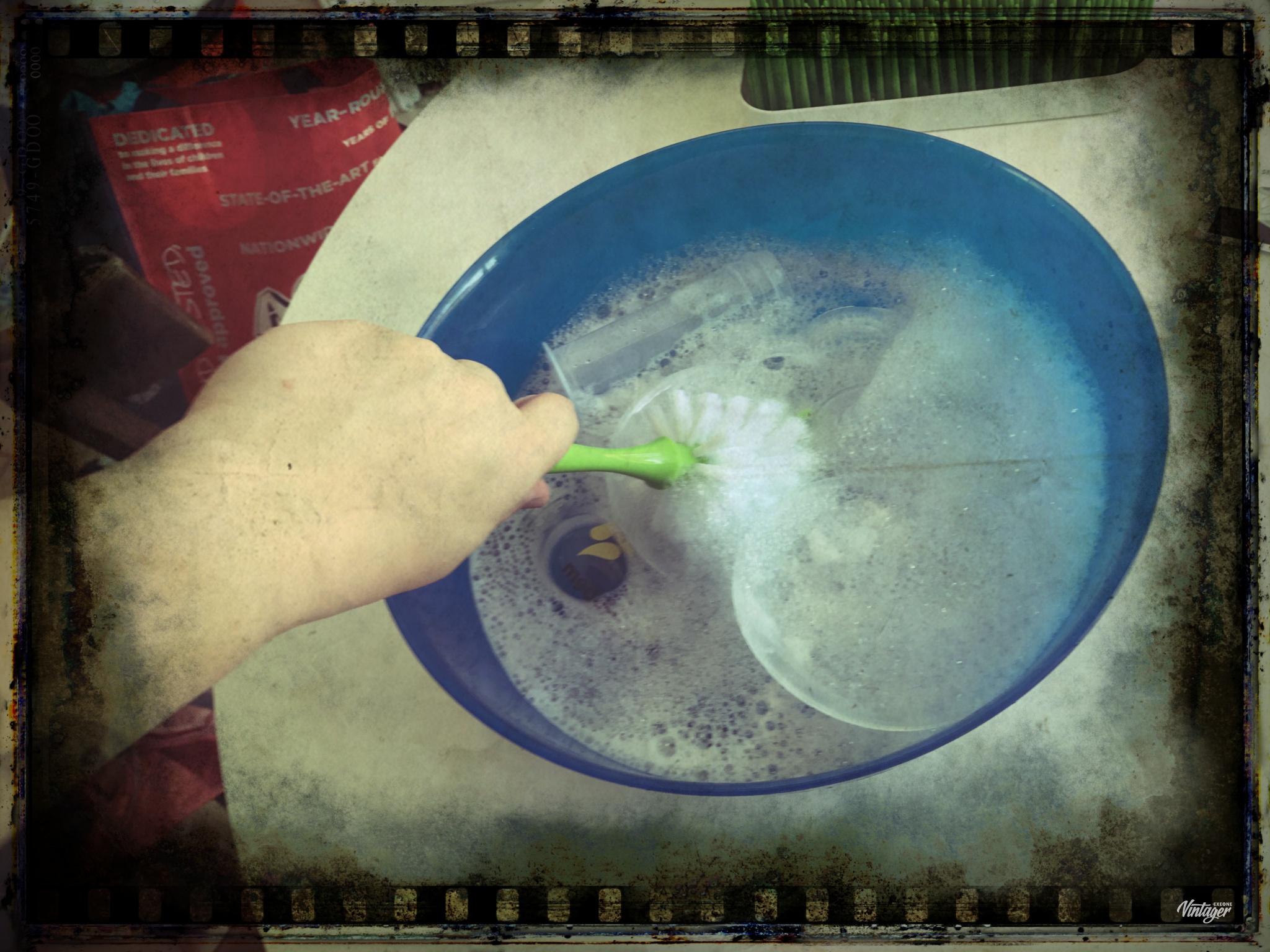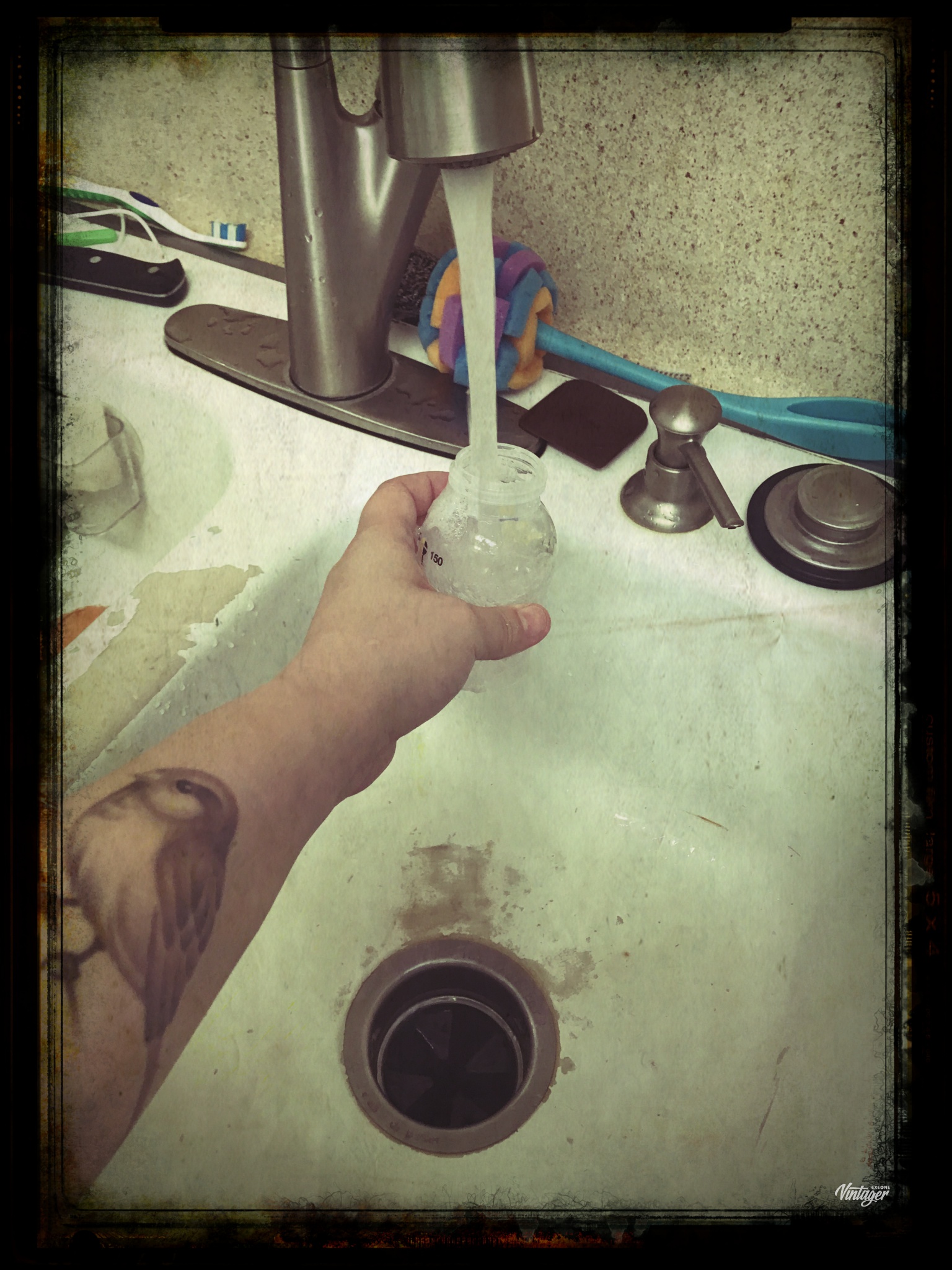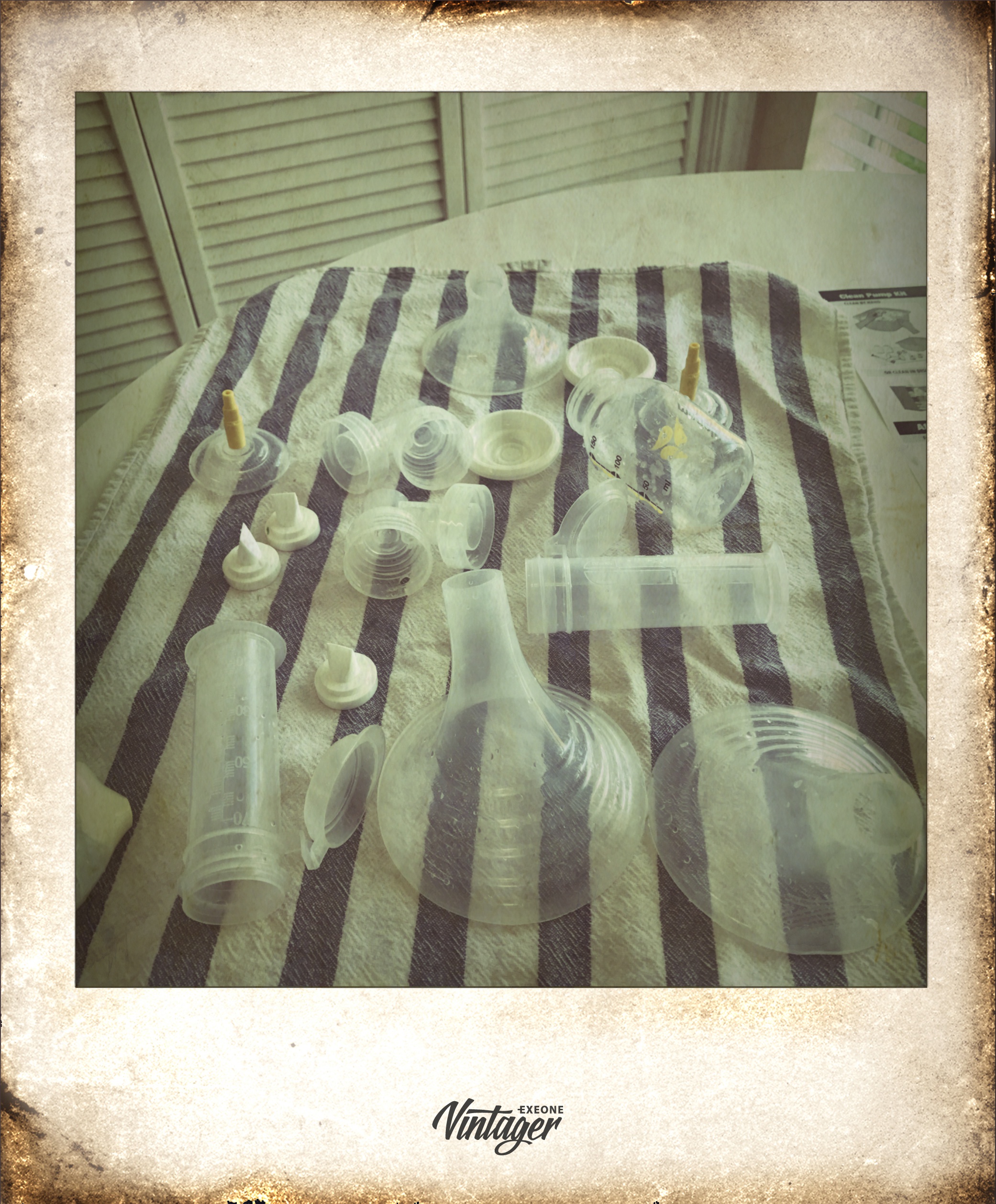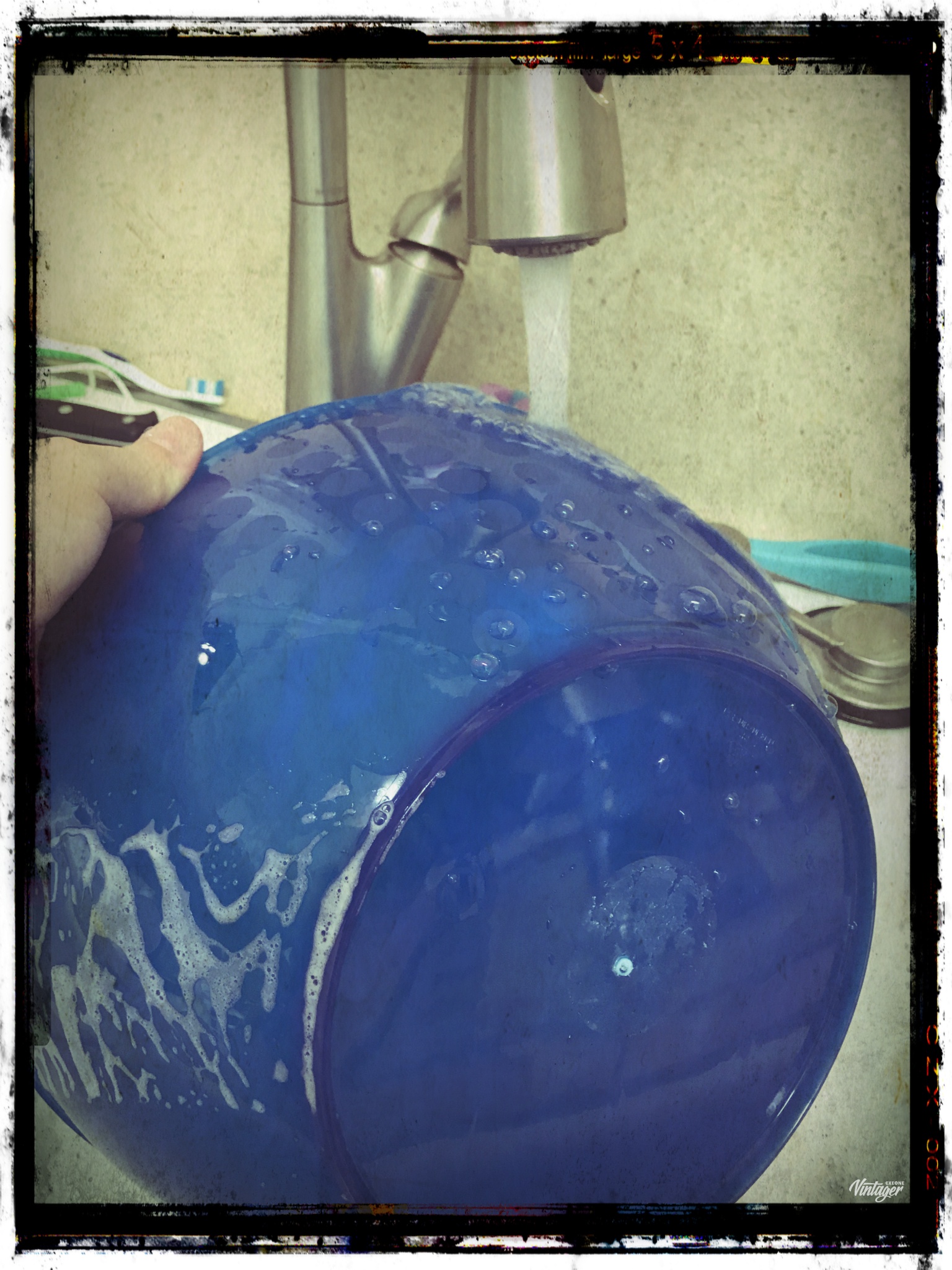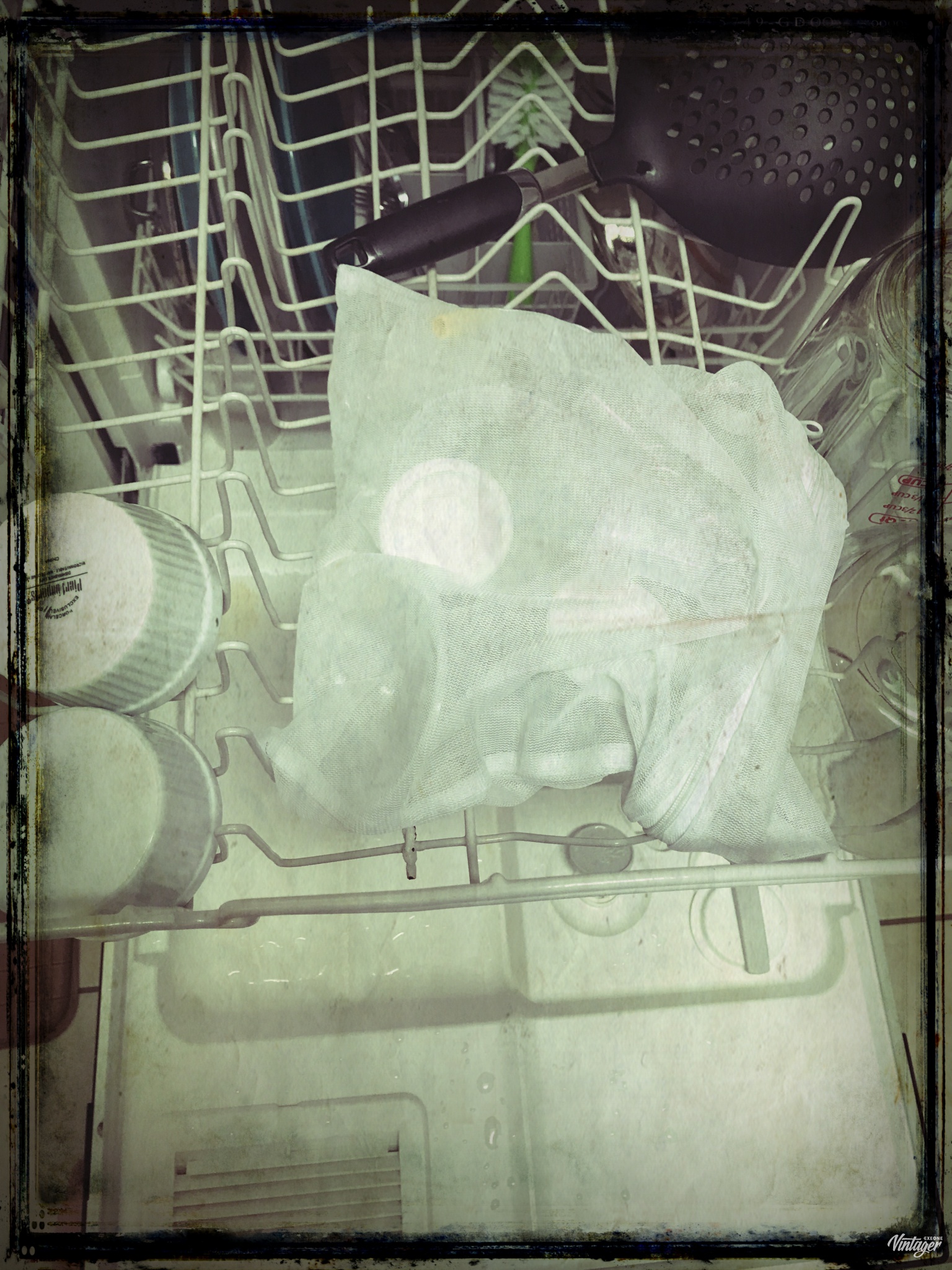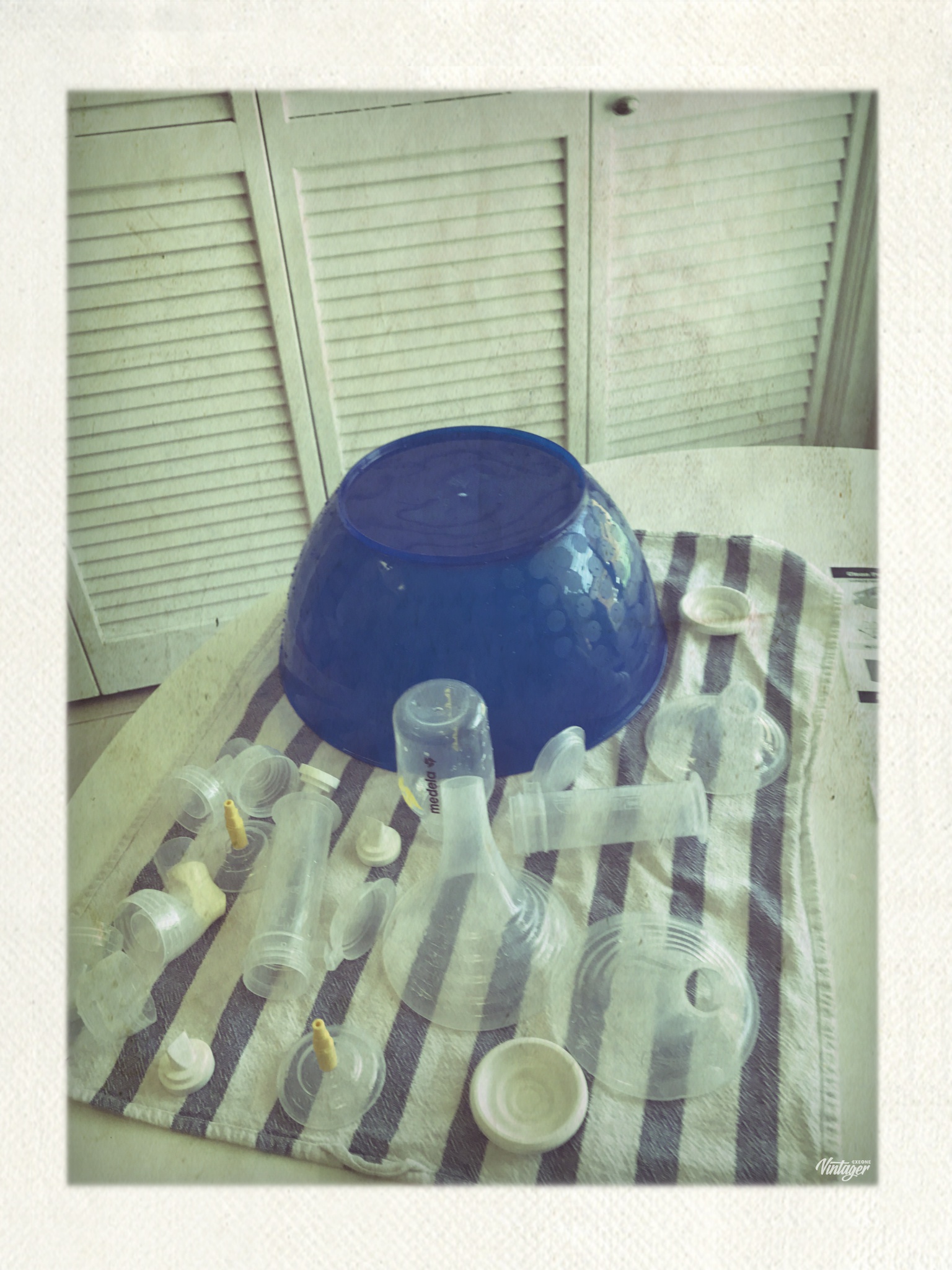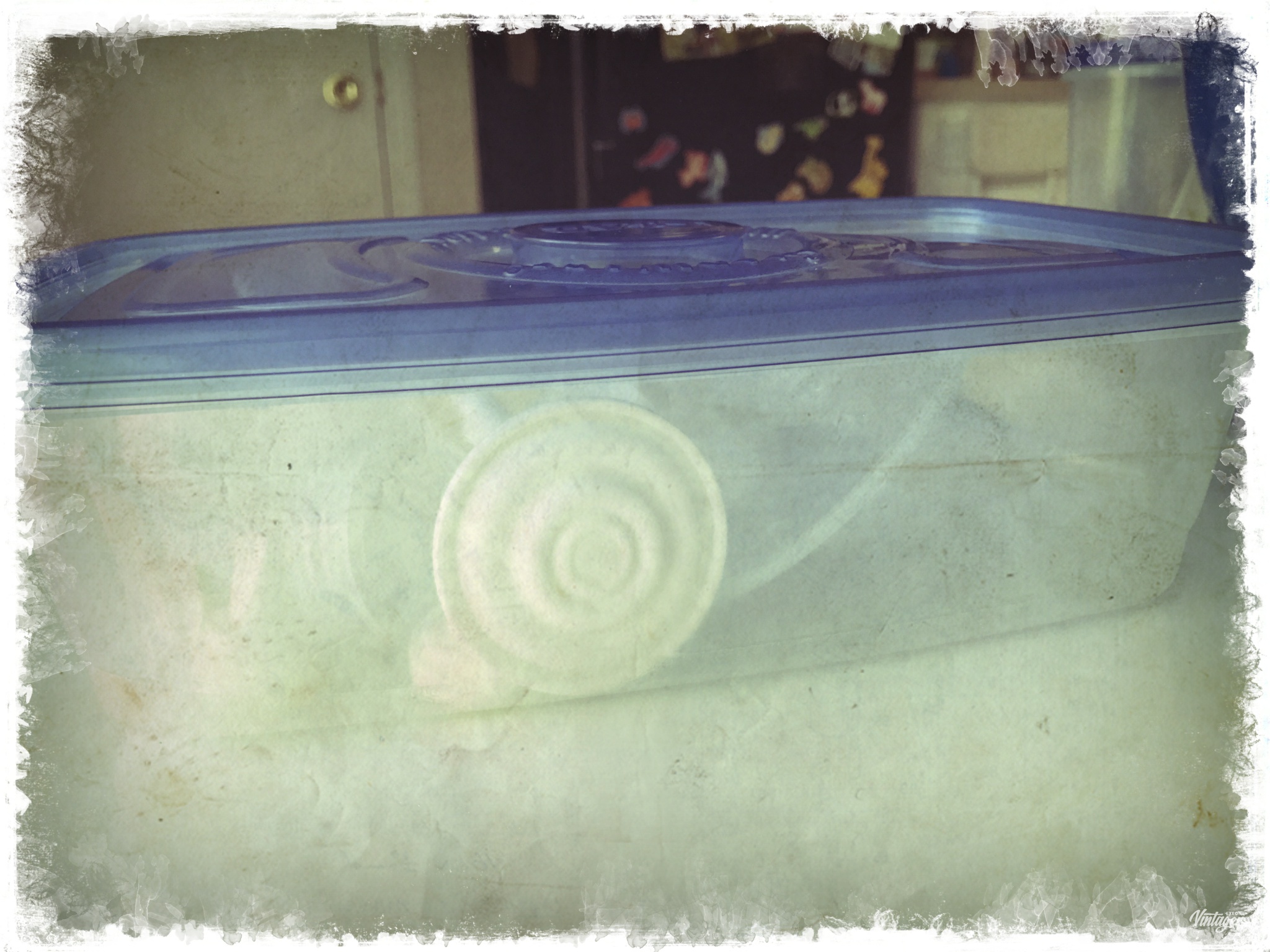New mothers are under a lot of pressure. The large amount of research expounds on the superiority of breastmilk, so when the call of your career or the bills start piling up you head back to work with the reassurance that you can pump and provide your baby with your milk via pumping. Then the CDC publishes their new guidelines for caring for your pump parts and you begin to wonder if it’s all worth it.
Well it is worth it! But it may take some creative time management to prepare to pump, clean and ready your pumping parts for the next session. Of course, you may not be at work but are needing to pump your breast for a baby unable or un-willing to breastfeed. So, everyone listen up! Breastmilk has many properties that help to decrease bacteria load BUT the further you go from the main production factory (your breasts) can increase the chance of contamination that can end in disease. This is what the CDC is concerned about.
Factors that protect your baby:
- Consuming breastmilk
- Baby that was term
- Baby that is older (especially greater than 2-3 months)
- Baby that is healthy (no underlying diseases that might cause a weak immune system)
- Milk that is handled carefully with attention to detail in cleanliness
What disease? The main concern is over the bacteria Cronobacter sakazakii although contamination can occur with other bacteria. The Cronobacter is a bacterium that can be found in other food products and in the environment. It has also been implicated in contamination of infant formula with dire consequences. The CDC reported in their Weekly Morbidity and Mortality Report (July 21, 2017) of a premature infant that suffered from an infection of the Cronobacter that caused sepsis (infection) and meningitis (infection in the brain). Although this baby lived it had life altering damage to its brain. It was determined that the contamination was found in the mother’s personal use breast pump kit and her kitchen sink. It was also determined that the mother would place her pump parts in a soapy basin in her sink for up to 5 hours before rinsing and air-drying the parts.
So, you can see how important hygiene can be to mitigate the risk to your baby. I feel that the CDC has done a great job in identifying the lack of instructions given to parents about how to clean breast pump parts. Please read the attached handouts and tell me how you will change your routine? Your baby may not have risk factors, may be older, does this effect how you plan to pump?
Want to see how it can be done? Look at our pictorial of how to treat your parts. We appreciate your comments!!
https://www.cdc.gov/healthywater/pdf/hygiene/breast-pump-fact-sheet.pdf
http://www.foodsafetynews.com/2016/04/125714/
-Barbara Kalmen
